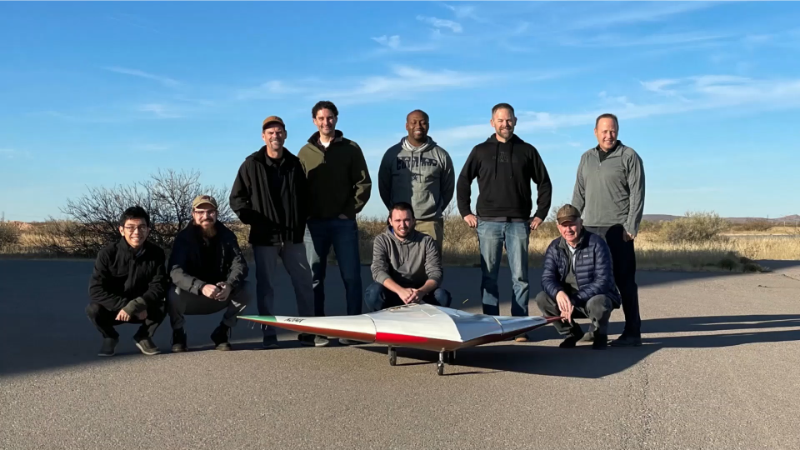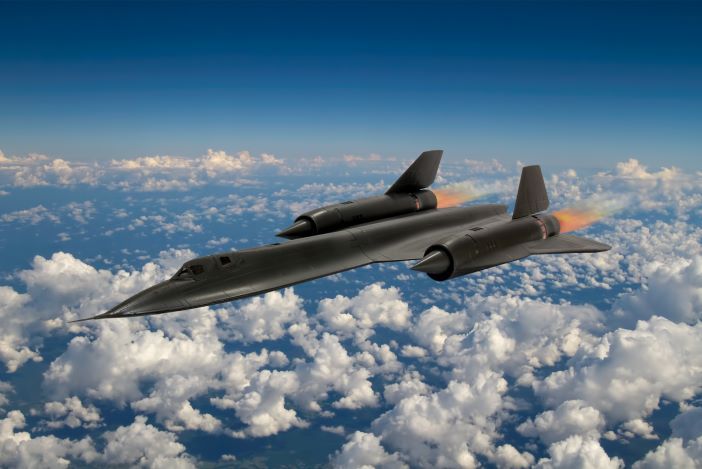F-2
ACCESS: Top Secret
- Joined
- 22 May 2020
- Messages
- 694
- Reaction score
- 1,211
I’m curious about active flow control and it’s advantages and disadvantages vs conventional control surfaces

 www.aerospacetestinginternational.com
www.aerospacetestinginternational.com

 www.aerospacetestinginternational.com
www.aerospacetestinginternational.com

US researchers show active flow control works on tailless aircraft | Aerospace Testing International
Active Flow Control uses jets of air to maneuver an aircraft
Another advantage of active flow control is that it has the potential to allow for maneuvers that are impossible with conventional controls, including very fast turns and the ability to fly at angles that would cause conventional controls to become ineffective.

Is active flow control the next step in flight controls? | Aerospace Testing International
Active Flow Control could become an important tool in the aerospace engineer’s toolbox
 www.aerospacetestinginternational.com
www.aerospacetestinginternational.com
Paper on the subjectIf an aircraft’s wings have rounded trailing edges, air will follow their curvature – a tendency known as the Coanda Effect. Blow air over the top of a rounded trailing edge and you create a downward wake. Blow air from below and you create an upward wake. The wakes can change the pitch of an aircraft, raising or lowering its nose just as flaps and elevators do. Left or right yaw motion, produced by rudders on conventional aircraft, is harder to create with pneumatic AFC, but it can be done by vectoring the thrust of an engine, essentially blowing or pulling exhaust gases to one side or the other.
